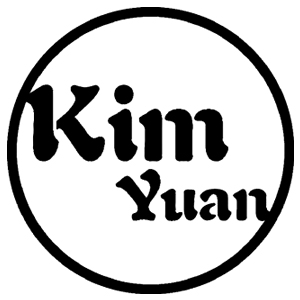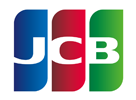What are the different standards and regulations for protective gloves?
In the workplace, hands are exposed to multiple dangers depending on the sector of activity. Therefore, adapted personal protective equipment is necessary to reduce the risks as much as possible. To make the right choice of hand protection gloves, it is important to identify the risks involved. These risks are divided into 3 categories:
- Level 1 corresponds to minor risks: at this level, the risk of injury is very low or even non-existent. A simple and comfortable protective glove is sufficient to protect the user.
- Level 2 corresponds to intermediate risks: at this stage, there is a real risk of serious injury (cuts, tears, punctures, abrasions, etc.). PPE standardized by an official European organization is required. The gloves regulation specifies that a specific marking must indicate the level of protection.
- Level 3 corresponds to irreversible risks: this is the highest level. The operator is faced with fatal risks and irreversible hand injuries. Pairs of gloves specific to the handling and the work environment will be required. The selection of tested and certified protective gloves is essential.
Different standards allow us to identify the appropriate protective glove :
- EN ISO 21420 (replacing EN 420)
- EN 388
- EN 407
- EN 511
- EN 374
- Food contact
- EN 12477
It is easy to identify glove standards as they are marked by a specific, clear and readable CE label. However, in order to do so, you need to understand what they correspond to.
The EN ISO 21420 standard
This standard defines the general requirements that the protective glove must meet: use, ergonomics, safety, or marking. However, this standard does not define the level of protection of the glove. It is a sort of basic regulation for protective gloves that additional standards complete according to the risk.
The EN 388 standard
The EN 388 standard covers protection against the mechanical risks associated with the use of a machine or tool: abrasion, cuts, tears, punctures. A handling glove that meets the EN 388 standard offers different levels of protection against these specific hazards; cut protection gloves provide effective protection when using a blade, for example.
The EN 511 standard
EN 511 safety gloves provide protection against cold. Thus, cold protection gloves offer different levels of resistance to convective cold, contact cold and waterproofness. These gloves are ideal protection for outdoor work in sub-zero temperatures or in refrigerated work areas.
The EN 407 standard
When facing thermal risks, EN 407 standard gloves are an efficient protective shield against heat. This standard includes features such as resistance to:
- Flame spread
- Contact heat
- Convective heat
- Radiant heat
- Small & large quantities of molten metal
The EN 12477 standard
Welding has its own standard for work gloves: the EN 12477. Indeed, welders need an efficient protection while having a great dexterity for a better precision in their gestures. EN 12477 welding gloves are protective against several types of welding operations, including TIG, and cutting.
The food contact standard
When handling foodstuffs, wearing gloves is vital to avoid contaminating the food and to protect those who will consume it. Food contact gloves are marked with a logo representing a glass and a fork. Regulations for these gloves require specific materials and specific tests.
The different performance levels defined by the protective glove standards
The European standards allow us to identify the appropriate protection of the glove against the risks incurred. In addition, a note indicates the performance level of the protective glove. This complementary indication makes it possible to choose the right resistance, for total safety. Thus, the X mark indicates an unsuitable test method or that the glove has not been tested. Level zero means that the performance is zero. Finally, from 1 to 4 (or 5 for cut protection EN388), the performance is from good to excellent.








